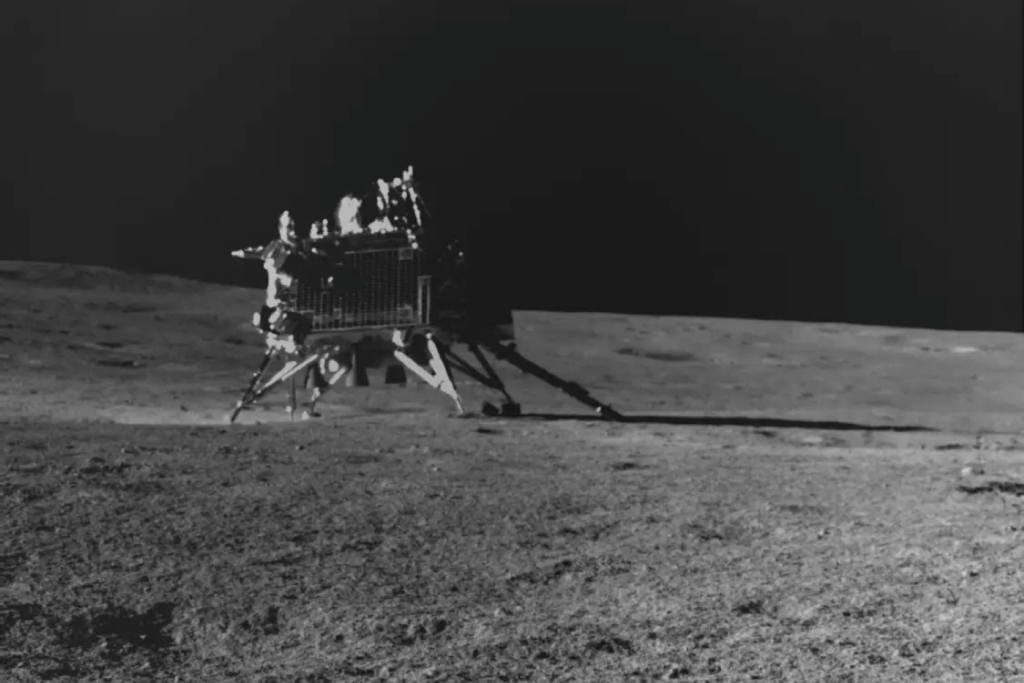India’s lunar lander Vikram has “exceeded its mission objectives” by successfully conducting a hop experiment on the Moon’s surface, the Indian Space Research Organization (ISRO) announced.
The maneuver means that the lander has performed a second soft landing on the lunar surface during the current Chandrayaan-3 mission.
The successful execution of the hop proves Vikram Lander’s capacity to move and explore the lunar landscape. Vikram is the second lander to perform such a hop experiment after NASA’s Surveyor 6 in 1967.
“On command, it [Vikram Lander] fired the engines, elevated itself by about 40 cm as expected, and landed safely at a distance of 30 – 40 cm away,” ISRO explained in a post published to X (formerly Twitter) on September 4, 2023.
The lander retracted its two deployed instruments, Chandra’s Surface Thermophysical Experiment (ChaSTE) and Instrument for Lunar Seismic Activity (ILSA) along with the ramp, prior to the hop. The ramp and payloads were “redeployed successfully after the experiment” and all systems operated as planned.
“This ‘kick-start’ enthuses future sample return and human missions!” the ISRO added.
Following this, the Vikram Lander was put into “sleep mode.” The ISRO hopes to turn it back on around September 22, 2023, when light reaches it again after the 14-day lunar night.
While initially looking for evidence of frozen water, the Chandrayaan-3 mission has made several other discoveries since touching down on the Moon’s south pole on August 23, 2023. These include the identification of a four-meter-wide crater and the detection of various elements including sulfur, aluminum, iron, calcium, chromium, titanium, manganese, oxygen, and silicon on the lunar surface.
